Deep in the rainforests of Central and South America, an ingenious solution has emerged to protect one of the region's most iconic yet vulnerable creatures: the sloth. Conservationists have devised a network of aerial bridges—often referred to as "sloth crossings"—to help these slow-moving animals navigate the increasingly fragmented jungle canopy. These eco-passages, made from repurposed cables and ropes, are proving to be lifelines for sloths and other arboreal species struggling with habitat destruction.
The concept is simple yet revolutionary. By stringing sturdy cables between trees separated by roads or deforested areas, wildlife experts create safe pathways that mimic natural vine networks. Sloths, being creatures of extreme routine who might starve rather than cross dangerous ground, have taken remarkably well to these artificial vines. Motion-activated cameras have captured hundreds of crossings, with some individuals using the bridges daily to access feeding trees or mating partners.
What makes these crossings particularly fascinating is their secondary benefit to entire ecosystems. While designed for sloths, the cables serve as highways for over two dozen species—from tiny pygmy squirrels to boisterous troops of howler monkeys. Researchers have documented rare interactions between species that would normally never share the same pathways, suggesting these bridges might be fostering unexpected ecological connections. The cables hum with life during both day and night, creating what scientists now call "vertical wildlife corridors."
The installation process requires deep understanding of sloth behavior. Bridges must be placed at precise heights—typically between 15-30 meters—to match the animals' preferred elevation. The materials must have just the right amount of give; too stiff and sloths won't trust them, too flexible and the bridges become dangerous during storms. Local communities often participate in maintenance, with indigenous trackers advising on optimal placement based on generations of wildlife observation.
Perhaps the most heartening aspect is how these projects blend cutting-edge conservation with ancient wisdom. Modern tensioning systems derived from bridge engineering work alongside traditional knot-tying techniques passed down through indigenous cultures. The resulting hybrid structures represent a rare harmony between technology and tradition—all in service of giving slow-moving creatures a fighting chance against the rapid pace of habitat loss.
As climate change intensifies, these aerial networks may become crucial climate adaptation tools. During extreme weather events, the cables allow animals to evacuate flooded areas or escape fires. Some conservation groups are now experimenting with "smart crossings" equipped with sensors that alert rangers when heavy usage indicates nearby habitat disturbances. What began as sloth protection has evolved into an entire early-warning system for forest health.
The success has sparked international interest. Similar projects are being adapted for lemurs in Madagascar and gliding possums in Australia, each customized to local species' needs. Yet the original sloth bridges remain the most studied, offering continuous insights into arboreal behavior. Researchers recently discovered that sloths actually move slightly faster on cables than natural branches—possibly because they sense the artificial structures won't collapse under their weight.
Funding these initiatives remains challenging, but creative solutions are emerging. Some ecotourism lodges now sponsor "adopt-a-bridge" programs where visitors can fund maintenance. Other organizations sell carbon credits based on the bridges' role in preserving canopy connectivity. The most unexpected support comes from utility companies, who've found that protecting sloths reduces power outages caused when the animals mistake electrical lines for tree branches.
Looking ahead, conservationists envision continent-spanning networks of these aerial pathways. Satellite mapping identifies critical gaps in canopy connectivity, while drone technology helps install cables in previously inaccessible areas. The ultimate goal goes beyond saving individual species—it's about recreating the ancient superhighways that once allowed wildlife to traverse entire rainforests without ever touching the ground. In this quiet revolution of ropes and cables, the humble sloth has become an unlikely ambassador for 21st-century conservation.
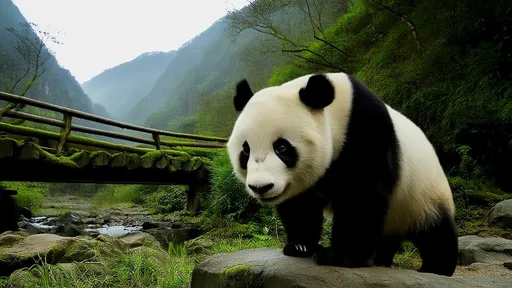
By /Jul 24, 2025

By /Jul 24, 2025

By /Jul 24, 2025
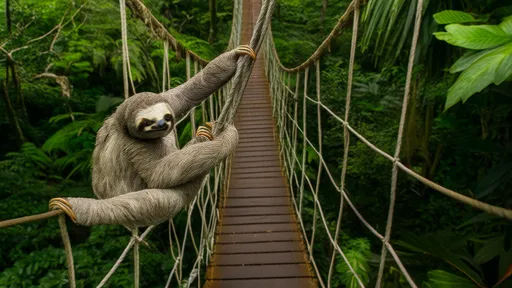
By /Jul 24, 2025
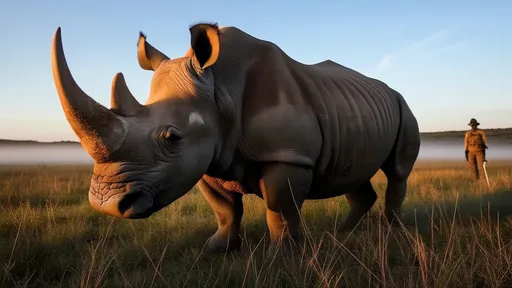
By /Jul 24, 2025

By /Jul 24, 2025
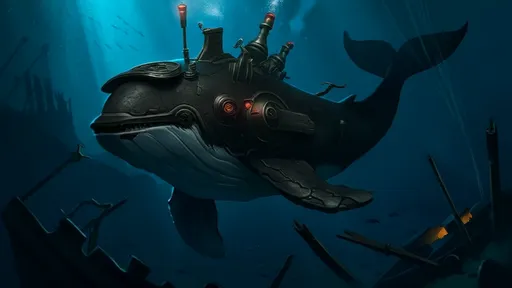
By /Jul 24, 2025

By /Jul 24, 2025

By /Jul 24, 2025
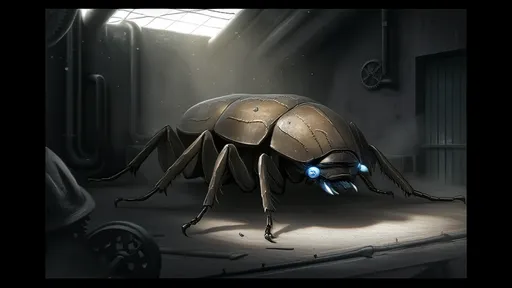
By /Jul 24, 2025

By /Jul 24, 2025
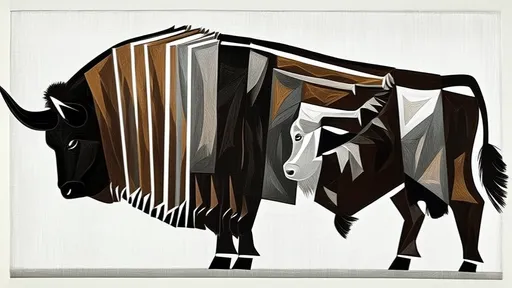
By /Jul 24, 2025

By /Jul 24, 2025
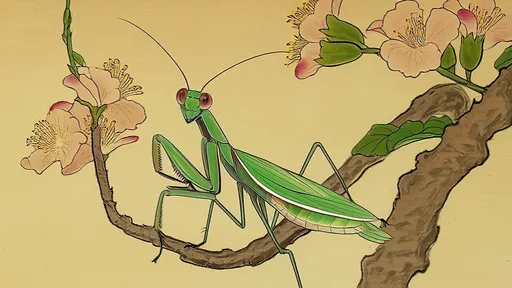
By /Jul 24, 2025

By /Jul 24, 2025

By /Jul 24, 2025

By /Jul 24, 2025
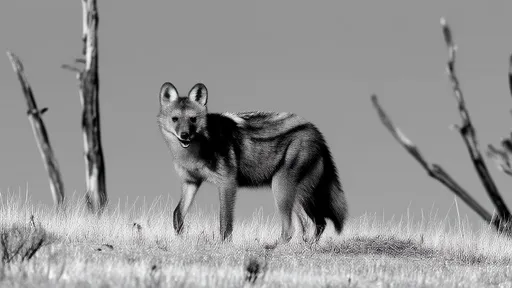
By /Jul 24, 2025